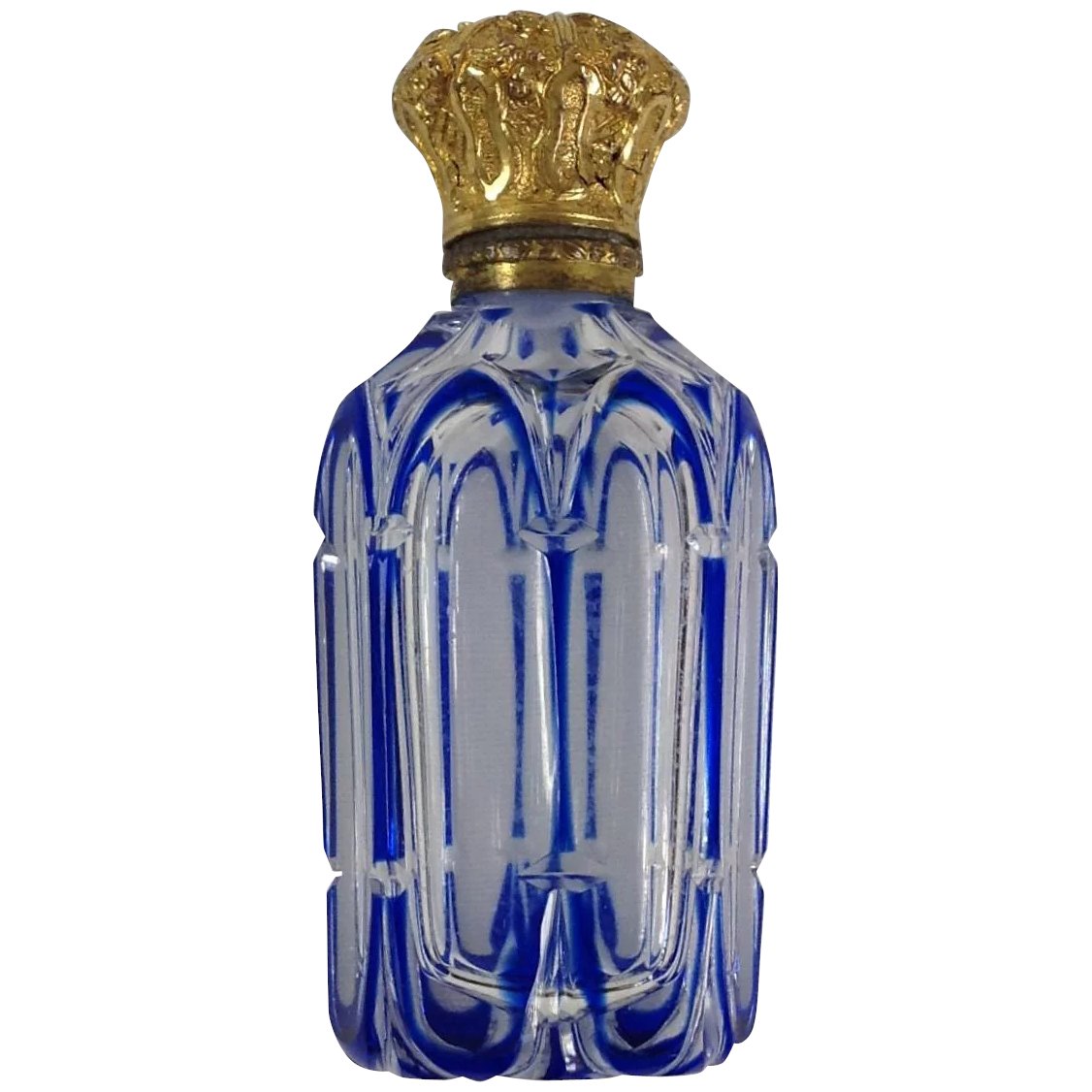
The word perfume derives from the Latin perfumare, meaning "to smoke through". Perfumery, as the art of making perfumes, began in ancient Mesopotamia, Egypt, the Indus Valley Civilization and possibly Ancient China. It was further refined by the Romans and the Arabs. In ancient times people used herbs and spices, such as almond, coriander, myrtle, conifer resin, and bergamot, as well as flowers.
In the 9th century the Arab chemist Al-Kindi wrote the Book of the Chemistry of Perfume and Distillations, which contained more than a hundred recipes for fragrant oils, salves, aromatic waters, and substitutes or imitations of costly drugs. The book also described 107 methods and recipes for perfume-making and perfume-making equipment, such as the alembic described by Synesius in the 4th century.
The Persian chemist Ibn Sina introduced the process of extracting oils from flowers by means of distillation, the procedure most commonly used today. He first experimented with the rose. Until his discovery, liquid perfumes consisted of mixtures of oil and crushed herbs or petals, which made a strong blend. Rose water was more delicate, and immediately became popular. Both the raw ingredients and the distillation technology significantly influenced western perfumery and scientific developments, particularly chemistry.
The art of perfumery was presumably known in western Europe from 1221, taking into account the monks’ recipes of Santa Maria delle Vigne or Santa Maria Novella of Florence, Italy. In the east, the Hungarians produced around 1370 a perfume made of scented oils blended in an alcohol solution – best known as Hungary Water – at the behest of Queen Elizabeth of Hungary.
The art of perfumery prospered in Renaissance Italy, and in the 16th century the personal perfumer to Catherine de’ Medici, René the Florentine, took Italian refinements to France. His laboratory was connected with her apartments by a secret passageway, so that no formulae could be stolen en route. Thanks to Rene, France quickly became one of the European centers of perfume and cosmetics manufacture. Cultivation of flowers for their perfume essence, which had begun in the 14th century, grew into a major industry in the south of France.
Between the 16th and 17th centuries, perfumes were used primarily by the wealthy to mask body odors resulting from infrequent bathing. In 1693, Italian barber Giovanni Paolo Feminis created a perfume water called Aqua Admirabilis, today best known as eau de cologne; his nephew Johann Maria Farina took over the business in 1732.
By the 18th century the Grasse region of France, Sicily, and Calabria were growing aromatic plants to provide the growing perfume industry with raw materials. Even today, Italy and France remain the center of European perfume design and trade.
